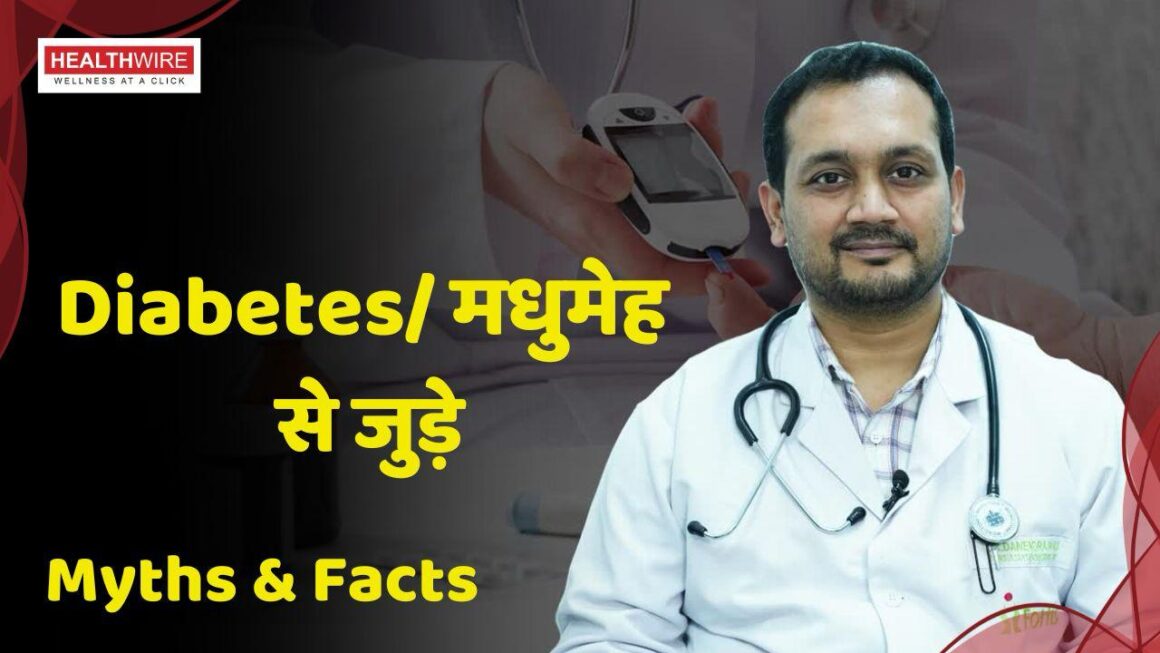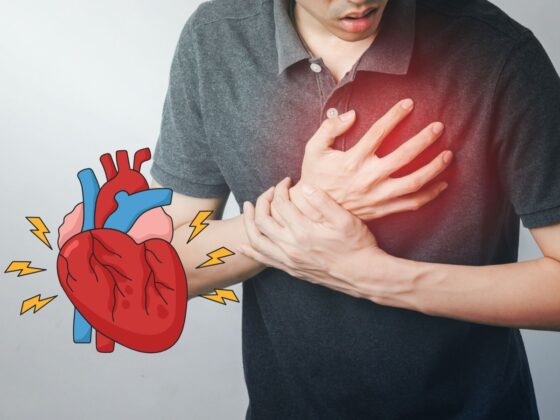New Delhi, 22 November 2024: As Delhi continues to battle its perennial issue of smog and air pollution, another respiratory health crisis is quietly emerging: a surge in cases of “walking pneumonia.” Doctors and healthcare experts in the city have observed an alarming rise in this condition during the current season, attributing it to the worsening air quality combined with fluctuating weather patterns. Walking pneumonia, a milder form of pneumonia, often goes unnoticed due to its subtle symptoms, but left untreated, it can lead to serious complications. Here’s everything you need to know about this growing health concern.
What is Walking Pneumonia?
Walking pneumonia, also known as atypical pneumonia, is a milder form of the illness that usually does not require hospitalization. Unlike typical pneumonia, which is triggered by bacteria or viruses. Walking pneumonia primarily caused by the bacterium Mycoplasma pneumoniae. Symptoms can be quite mild and may include a persistent cough, low fever, fatigue, and chest discomfort. Many people may not even be aware they have it. Which is why it’s often referred to as ‘walking pneumonia’ – individuals often continue with their daily lives even when they’re feeling unwell.
The Connection Between Air Quality and Respiratory Issues
The air quality in Delhi is a significant worry, especially during the winter when pollution levels soar. The unhealthy smog can worsen existing respiratory ailments and raise the likelihood of new infections, such as walking pneumonia. Poor air conditions irritate the respiratory system, making people more vulnerable to infections. The combination of bad air quality and the uptick in pneumonia cases poses a serious threat to public health.
You may also like –

Symptoms to Be Aware Of
Recognizing the signs of walking pneumonia is vital for ensuring prompt treatment. Common indicators include a dry cough, low-grade fever, chills, and overall fatigue. Some may also have headaches, sore throats, and muscle aches. Unlike traditional pneumonia, where symptoms can escalate quickly, walking pneumonia tends to develop slowly, which can lead to delays in seeking necessary medical help. Being aware of these symptoms enables individuals to act quickly and consult healthcare professionals.
Causes and At-Risk Populations
Walking pneumonia is mainly triggered by Mycoplasma pneumoniae. Which spreads through respiratory droplets from an infected person. It is highly contagious, especially in crowded environments like schools and workplaces. Factors that increase the risk of infection include close contact with those who are sick, a weakened immune system, and living in areas with high pollution. Given the dense population and poor air quality in Delhi, the chances of contracting walking pneumonia are alarmingly high.
Treating walking pneumonia usually involves antibiotics, as the condition is bacterial. Common antibiotics prescribed include azithromycin and doxycycline. Patients are encouraged to rest, stay well-hydrated, and take over-the-counter medications for symptoms like fever and cough. It’s important to complete the entire course of antibiotics to ensure the infection is completely cleared. Consulting a healthcare provider for an accurate diagnosis and tailored treatment plan is essential, especially if symptoms linger.
Preventive Steps For Walking Pneumonia Cases
Preventing walking pneumonia includes several key strategies. First, practicing good hygiene, such as regular handwashing and using hand sanitizers, can help curb the spread of infections. It’s also wise to steer clear of close interactions with anyone showing respiratory symptoms. Given Delhi’s current air quality issues, wearing masks while outdoors can reduce the risk of inhaling harmful pollutants and help lower the chances of respiratory infections.
Read Also – Breathlessness and Persistent Coughing: Early Signs of a Progressive Lung Disease, Experts Warn
As Delhi faces both the challenges of smog and increasing cases of walking pneumonia, it is crucial for residents to stay informed and proactive about their health. Recognizing the symptoms, underlying causes, and available treatments empowers individuals to seek timely medical assistance. Furthermore, advocating for better air quality in the city is essential for safeguarding public health in the future. Through collective efforts, we can aspire toward a healthier environment for all the residents of Delhi, free from the burdens of pollution and respiratory illnesses.









